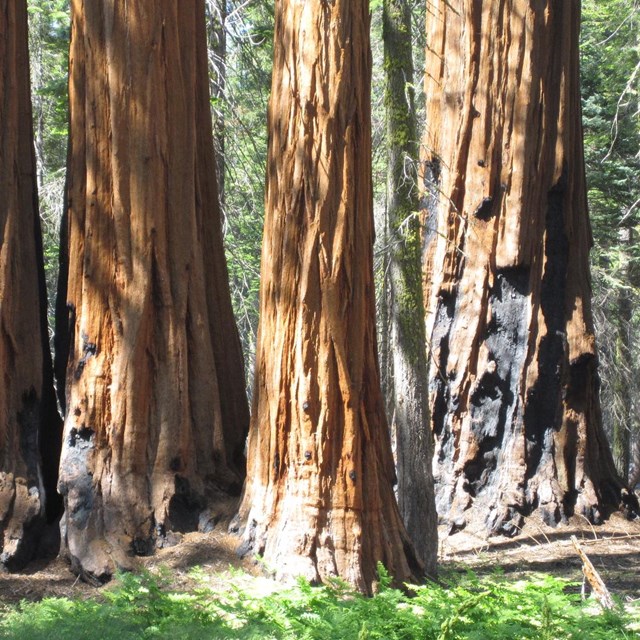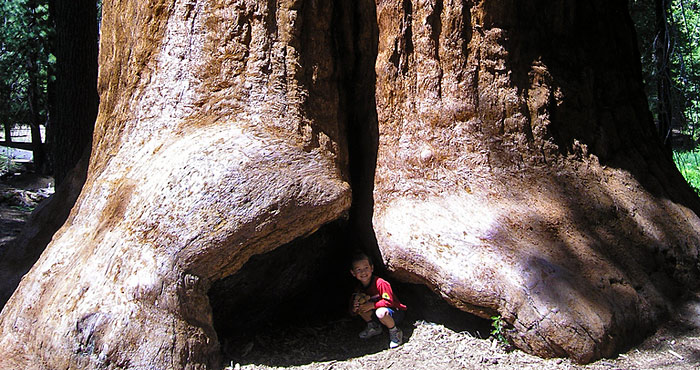Sequoia National Park Parking-- Where to Park During Your Browse through
Sequoia National Park Parking-- Where to Park During Your Browse through
Blog Article
Check Out the Diverse Wildlife Habitats Within Sequoia National Park
Sequoia National Park is an ecological prize, showcasing a remarkable array of wild animals habitats that add to its abundant biodiversity. From the impressive huge sequoia forests to the varied alpine fields, each setting plays a critical function in supporting various varieties, including both common and rare fauna.
Summary of Sequoia National Park
Sequoia National Park, snuggled in the southern Sierra Nevada chain of mountains of The golden state, is renowned for its breathtaking landscapes and towering large sequoias. Developed in 1890, it is just one of the oldest national forests in the USA, devoted to preserving the natural charm and ecological stability of this one-of-a-kind region. The park encompasses over 404,000 acres of varied terrain, including impressive mountains, deep canyons, and rich fields.

Visitors can discover many treking tracks, varying from leisurely walks to challenging backcountry routes, each providing an unique point of view of the park's splendour. With its combination of natural marvels and recreational opportunities, Sequoia National Park functions as a crucial shelter for both wildlife and those looking for to get in touch with nature.

Major Wild Animals Habitats
The diverse landscapes of Sequoia National Park create a mosaic of wildlife habitats that support a rich selection of types. These habitats range from lavish fields and dense forests to rough towering zones and extensive river valleys, each providing distinct ecological niches.
One popular habitat is the large sequoia woodland, identified by towering trees and an abundant understory, which sustains different mammals, birds, and insects. The combined conifer woodlands, composed of species such as sugar yearn and white fir, offer additional shelter and food resources for wild animals.
Meadows and grasslands play a vital duty in the park's communities, serving as important foraging grounds for herbivores like deer and tiny mammals. These open locations likewise draw in diverse bird varieties, particularly throughout movement seasons.
The park's higher altitudes include towering habitats, where conditions are severe and types are adapted to survive in such extremes (Sequoia National Park hour). Below, one can find distinct vegetation and fauna that prosper in rocky, cool atmospheres
Vegetation and Fauna Variety
Within the varied ecosystems of Sequoia National Park, a remarkable array of vegetation and animals coexists, showcasing the detailed partnerships that maintain the park's biodiversity. The park is home to over 1,300 plant species, including the legendary giant sequoias, which are amongst the largest and earliest trees on Earth. These stunning trees offer vital environment and food resources for various wildlife, promoting a complex web of environmental communications.
Animal species in Sequoia National Park are similarly varied, with environments ranging from lowland foothills to high towering settings. Animals such as black bears, mule deer, and bobcats flourish in this abundant ecosystem, while avian varieties, including the majestic golden eagle and the evasive discovered owl, grace the skies. Amphibians and reptiles, like the Sierra newt and the western rattlesnake, additionally play important roles in maintaining eco-friendly balance.
The park's distinct combination of altitude gradients and microclimates supports these diverse varieties, highlighting the importance of protecting the natural environments that permit such a rich tapestry of life to prosper. Comprehending this diversity is important for appreciating the ecological significance of Sequoia National forest.
Conservation Efforts in the Park
Conservation initiatives in Sequoia National forest play a crucial role in securing its unique communities and the varied varieties that populate them. The park utilizes a multifaceted strategy, including habitat repair, varieties keeping track of, and invasive varieties management. These initiatives are crucial for preserving the delicate equilibrium of the park's ecosystems, that include giant sequoias, fields, and alpine environments.
Energetic restoration tasks concentrate on restoring you can find out more indigenous plant communities and fixing up abject habitats. Sequoia National Park hour. This is especially vital in locations influenced by human task or natural disruptions such as wildfires. The park's biologists carry out routine tracking of key species, consisting of the threatened Sierra Nevada bighorn sheep, to assess populace health and educate management methods
Invasive varieties posture a considerable danger to the park's biodiversity. To fight this, park staff apply elimination programs to regulate or eradicate non-native plants and animals that interrupt neighborhood ecosystems. Public education and learning and area participation are likewise highlighted, as they cultivate a deeper appreciation for conservation efforts. Via these comprehensive efforts, Sequoia National Park strives to secure its rich all-natural heritage for future generations while ensuring the resilience of its varied wildlife habitats.
Tips for Wildlife Monitoring
Observing wildlife in Sequoia National Park provides an unique chance to get in touch with nature and value the varied species that thrive in this impressive habitat. To maximize your wild animals observation experience, take into consideration several vital suggestions.
To start with, strategy your see throughout morning or late mid-day, as these times are most active for many pets. Bring field glasses to observe wildlife from a risk-free distance without disrupting their all-natural behavior. Furthermore, familiarize on your own with the species you intend to see; comprehending their habits and habitats can enhance your possibilities of identifying them.
Perseverance is critical; wild animals monitoring typically requires waiting quietly and knowing your surroundings. Remain on marked routes to reduce your influence on the community and ensure your safety. It is additionally suggested to preserve a respectful distance from animals, preventing any kind of activities that could worry them or disrupt their atmosphere.
Finally, take into consideration signing up with guided trips led by educated park rangers. These specialists can supply important understandings and increase your chances of witnessing wild animals in their all-natural settings. By complying with these ideas, you can improve your experience and add to the preservation of Sequoia's wild animals.

Conclusion
Sequoia National Park serves as a vital haven for varied wildlife, showcasing an exceptional range of habitats that support many species. Inevitably, the park's biodiversity highlights the value of keeping such all-natural landscapes for future generations.
Please visit one of our local supporters - Wholesale Liquidation Pallet Airpods Pro
Report this page